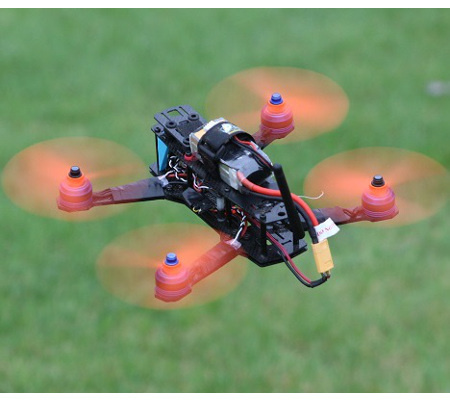FAA Remote ID: First Look

What doe the FAA Remote ID rule mean for me?
On December 28, 2020, the FAA announced new rules for drones (or "Unmanned Aircraft", in their terms). The new rules include updates related to night-time operations, flying over people (which will not apply to most hobbyist pilots), and updates to Remote ID requirements, which will apply to most hobbyists.
From the official announcement:
"The Remote ID rule (PDF) applies to all operators of drones that require FAA registration. There are three ways to comply with the operational requirements:
1. Operate a standard Remote ID drone that broadcasts identification and location information of the drone and control station;
2. Operate a drone with a Remote ID broadcast module (may be a separate device attached to the drone), which broadcasts identification, location, and take-off information; or
3. Operate a drone without Remote ID but at specific FAA-recognized identification areas.
"
As a reminder, registration is required for any drone ("R/C aircraft", in our terms, whether a quadcopter, fixed-wing, or heli) that weights more than 0.55 pounds (250 grams) and flown for recreational purposes. Registration under part 107 is also an option, but since that entails certification closer to a pilot's license, we will not cover it here. We assume most hobby flyers are not under Part 107.
The new rules for night operations and flying over people applies specifically to Part 107 operations, and does not change hobbyist restrictions on either of those conditions. We'll skip over the Part 107 features in this article, since most hobbyists do not fall under that.
The Remote ID rule requires the drone to broadcast its identity and the location of its control station. This will be met by the drone being built with these capabilities, or by an after-market attached device that can broadcast the required information (in this case, take-off location may be used instead of control station location). Remote ID is not required if flying at certain FAA-recognized locations, such as club airfields and education institutions that apply for an exception.
Manufacturers have 18 months to begin producing drones with Remote ID, and operators have 1 year beyond that before enforcement applies. Practically, we should plan to be flying with the necessary hardware in place by Summer of 2023.
Since the rule was just announced, we do not know what the hardware will look like yet, or when it will be available. We can guess, however, that ready-to-fly vehicles will come with the necessary features built into their radio receivers, and that standalone receivers for plug-and-play kits or scratch-builds will come to market that include the necessary features.
We love to fly R/C at Hobbyland, so we will be keeping close watch on the rules as they are implemented, and we will carry a variety of components that comply with the new rule as they become available.

Comments
Be the first to comment...